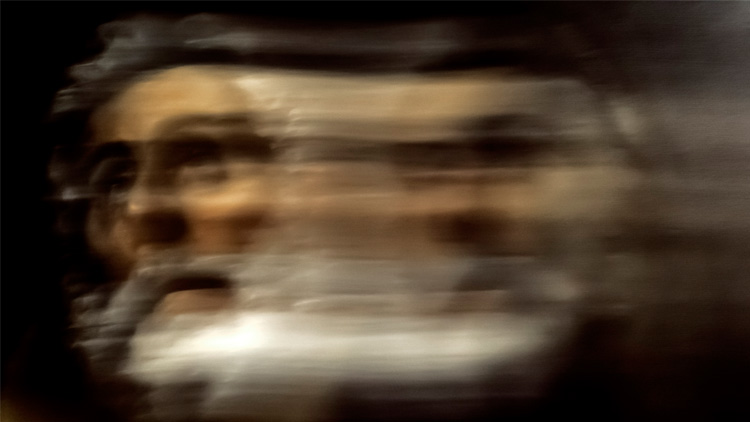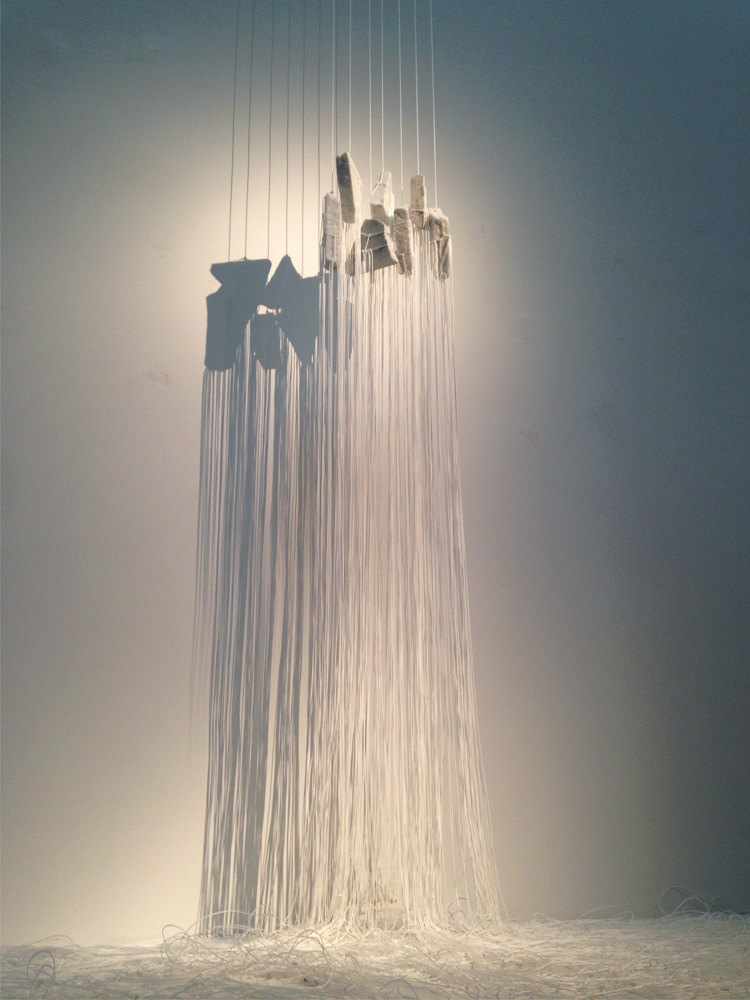The Phillips celebrates the fifth anniversary of its Intersections contemporary art series with Intersections@5, an exhibition comprising work by 20 of the participating artists. In this blog series, each artist writes about his or her work on view.

John F. Simon Jr., Heat From the Core Raises Mountains and Opens Oceans, 2011. 30 color water-based screenprint on Coventry Rag 335gsm, 30 x 36 in. Edition of 42
My original drawing for this large 30-color silkscreen print was made during a visit to Kailua, a small town on the windward side of the island of Oahu, where my wife was born and raised. The Hawaiian islands were formed by the upwelling of lava from a volcanic hotspot originating in the Earth’s mantle. Inspired by the surrounding geology, I used my imagination to peer deep into the Earth’s core; a metaphor for the way I daily peer down into my own core and allow my drawings to erupt.
Starting in 1999 and continuing to the present, I have created at least one drawing every day as a meditative self-inquiry and artistic practice. When I sit down to draw I have no image in mind and use spontaneous and improvisational movements of my hand to suggest form and content. This image was drawn on January 2, 2010 and then scanned and uploaded to my online archive. The title of the print is the text I wrote to accompany the drawing online.
John F. Simon Jr.


